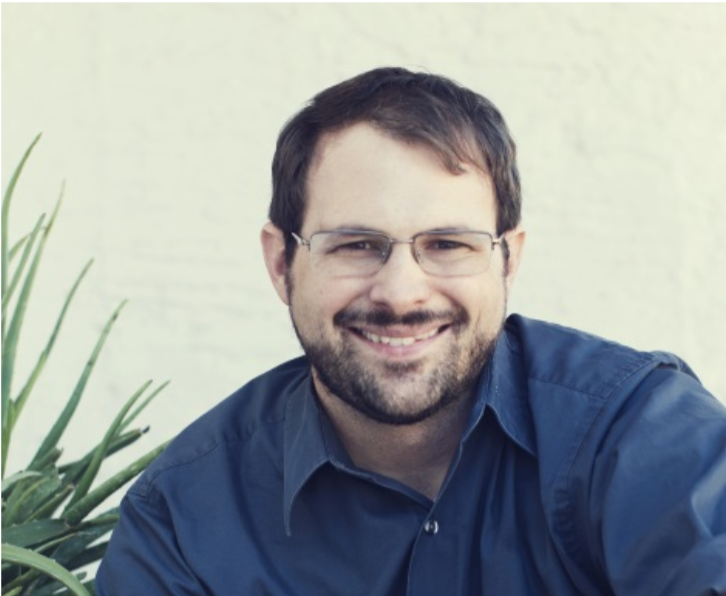Apples, Barrels, or Barrel Makers? What’s at fault when things go wrong in healthcare, public health, and health sciences?
When something bad happens, a common phrase in the US is that there were just a few “bad apples,” meaning just a few individuals are to blame when things go wrong. Based on this phrase, the logical solution is to get rid of the bad apples and that should stop bad things from happening.
A great deal of social psychology research, as summarized in Philip Zimbardo’s book, the Lucifer Effect, puts into question this maxim. In talks about the book, Zimbardo, framed the question like this, “Before we blame individuals, the charitable thing to do is to first find out what situations they were in that might have provoked this evil behavior. Why not assume that these are good apples in a bad barrel, rather than bad apples in a good barrel?”
This is pretty heavy stuff. Why are we bringing this up related to our project on opening pathways to innovation?
Well, basically because hard conversations are hard.
A core focus of our work is to understand barriers that could hinder patient-innovators and their work from meaningfully contributing to scientific knowledge. We are doing this so that we can consciously identify barriers and then work to find alternative pathways for innovation that support more safe, effective, and usable solutions for patients. This focus means that we are consciously looking at the roles of relevant stakeholders in healthcare, public health, and health sciences (the apples) and the structures that support public health, healthcare, public health, and health sciences (barrels).
Like Zimbardo, we are starting from the assumption that there are good apples, just in bad barrels. Why? For several reasons.
First, because healthcare, public health, and health sciences very likely attracts people who are caring, nurturing, and want to help others. Based on this, it seems like a pretty poor assumption, in this context, to assume bad apples in good barrels.
We are also making this assumption because it gives us a pathway for having hard conversations more easily. In particular, when the default is to blame the barrel first when something goes wrong, it makes it easier for all stakeholders to be able to separate and see the problem, even when the stakeholder is partially culpable. In marriage counseling/couples therapy, one common strategy used is to recognize that there are two people, but then there is also a “dance” or a routine that is separate from the two people but connects them. Like in couples therapy, recognizing something else to put culpability on can help to create the context for the individuals in the couple to talk and work it out. Of course, recognizing the dance doesn’t take away responsibility of the individuals; instead, it just creates a space where progress can be made because the relevant stakeholders can start to listen to each other, rather than blame one another.
Finally, we are also focusing on the barrels because we believe the barrels that exist today for healthcare, public health, and health sciences, are increasingly a poor match to the realities of what it means to be healthy. In particular, the classic model, and, thus what the barrels were designed for, emphasized how doctors and researchers were the experts who would come in and solve problems for patients. As highlighted in a different blog of ours, the assumption that researchers and medical professionals have all of the relevant expertise needed to help a person be healthy is increasingly being strained and, for good reason. Individuals/patients are increasingly asked to manage their own care and also able to use the tools of self-tracking and self-study to learn about themselves to come up with new solutions that are more effective, safe, and usable for them then anything an expert could create, with OpenAPS as a prime example.
The barrel makers who created the current system weren’t working nefariously. Indeed, based on everything known at the time, the hierarchy in medicine, the logic of hospitals, and even funding and models of conducting research all made sense. With times changing though, it is time to ask questions about the barrels.
For us, this translates into identifying activities different stakeholder play, governance structures that define how stakeholders “should” interact, social norms and customs implicitly codified in barrels, and the benchmarks for defining “good” vs. “bad” behavior, as manifest by the incentives of the barrels. Once we identify these various areas, we ask why? Why is this the way it is? What problem was this solving for? Is that problem still present? If not, is this still relevant? If the problem is still relevant, has it evolved? Is there some new facet to the problem that this activity, governance structure, norm, or benchmark poorly match? And so on.
Our goal is to identify the implicit assumptions that are embedded in the barrels to surface them and then enable careful conversations about them. This creates the space where stakeholders are not acting defensively but, instead, productively and towards a common goal of making the barrels better and more supportive of good apples. This can then enable alternative pathways to emerge and, feasibly, be selected that are different from what is possible in the current barrels. As such, focusing on barrels is an essential strategy we are taking to achieve our overarching goals of opening pathways for innovation.
